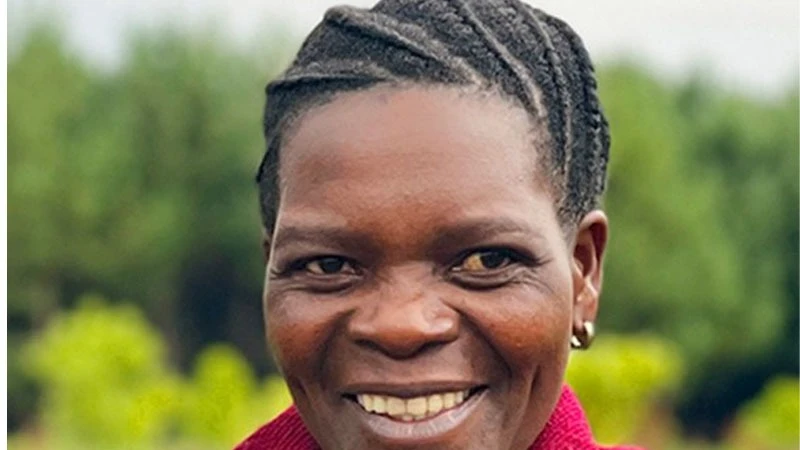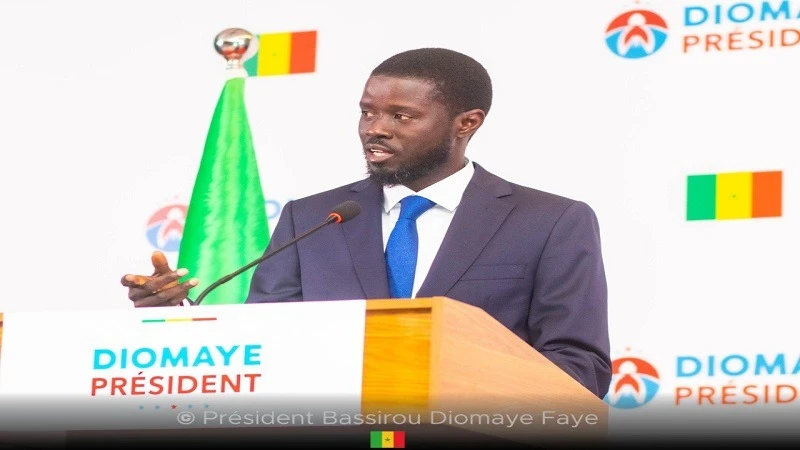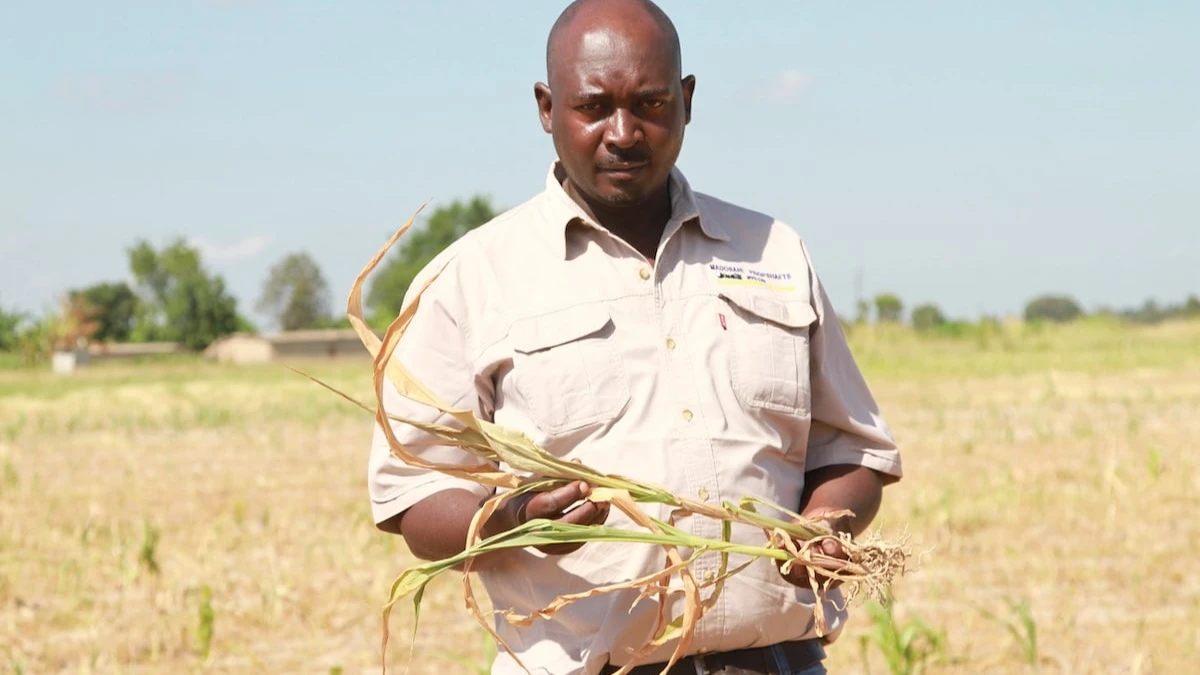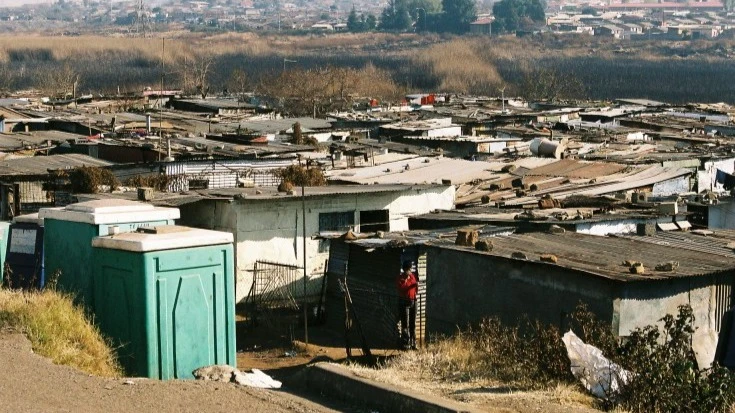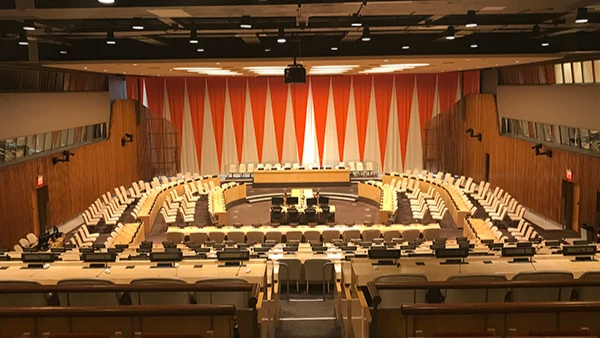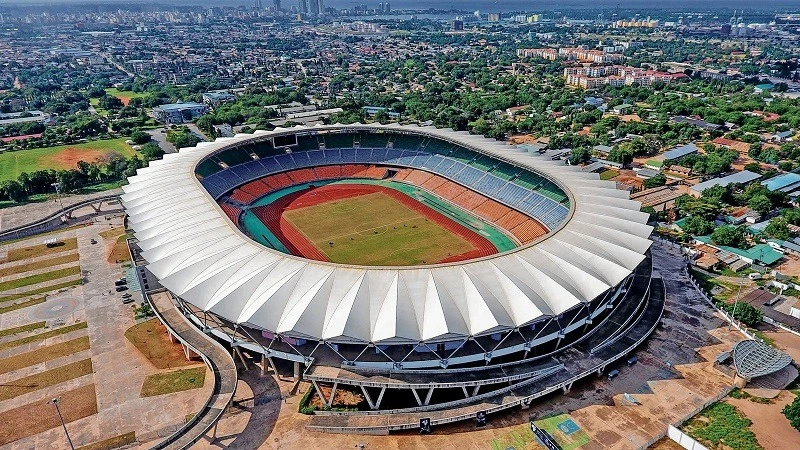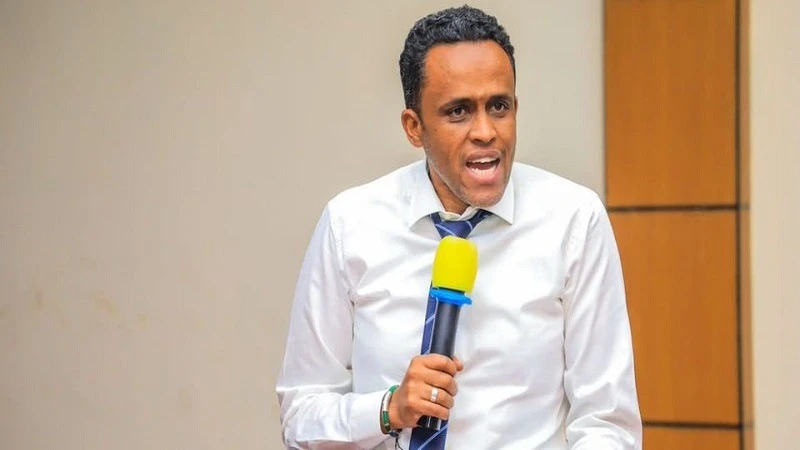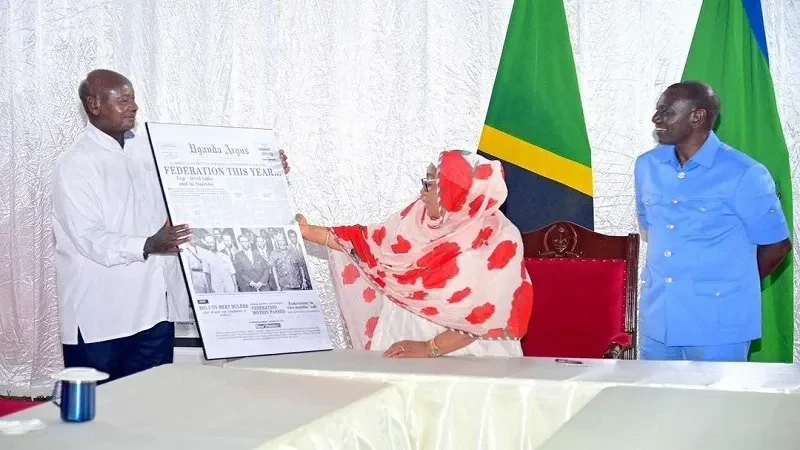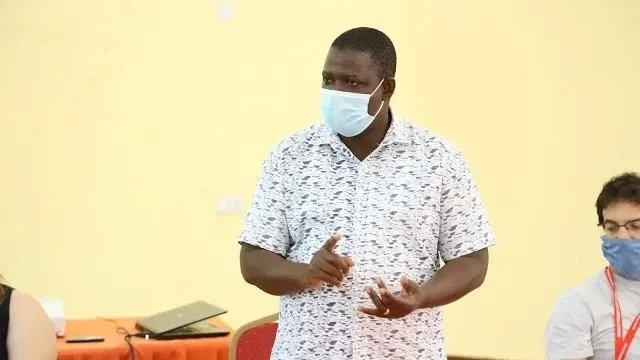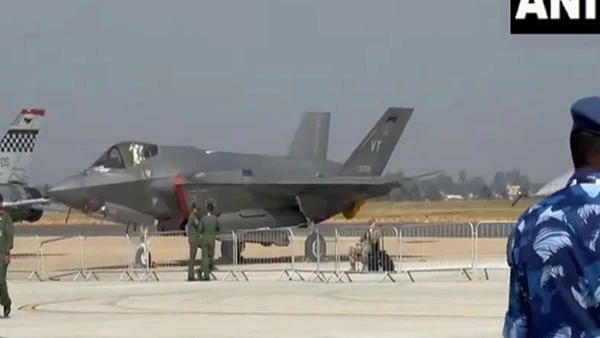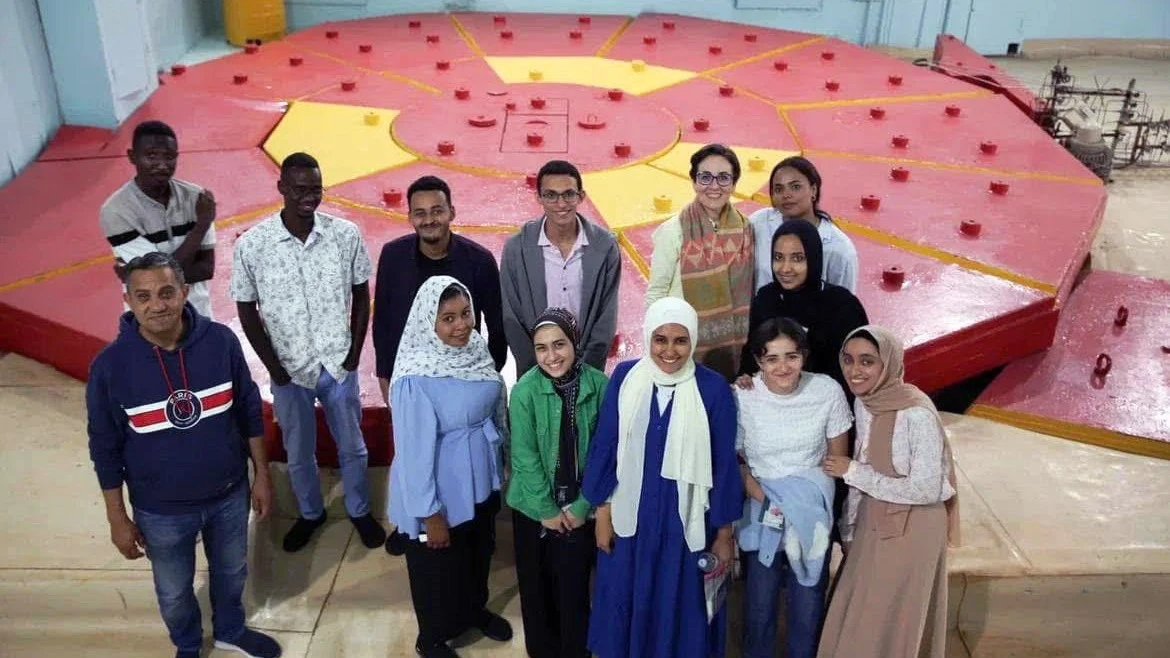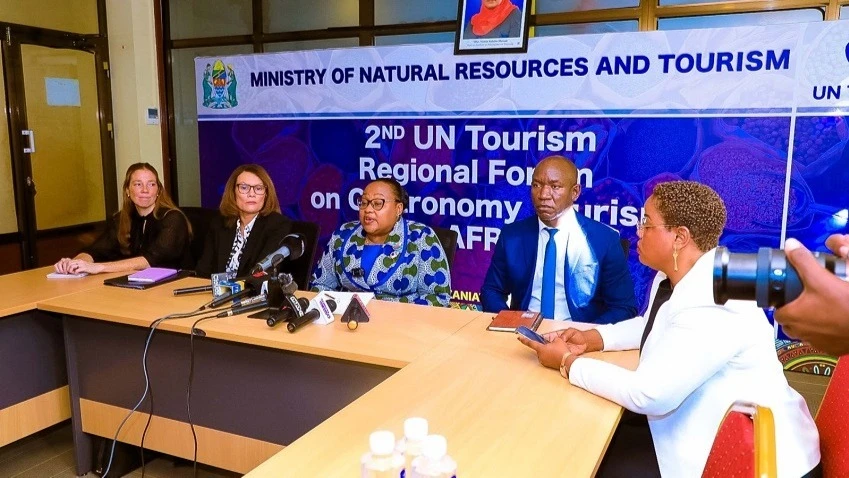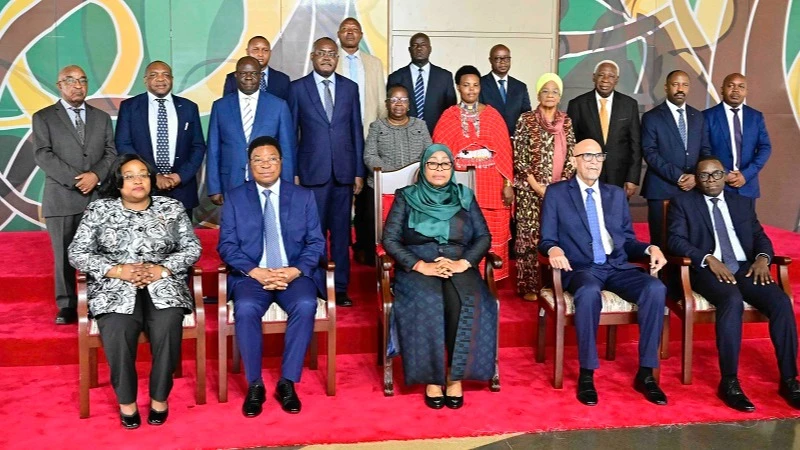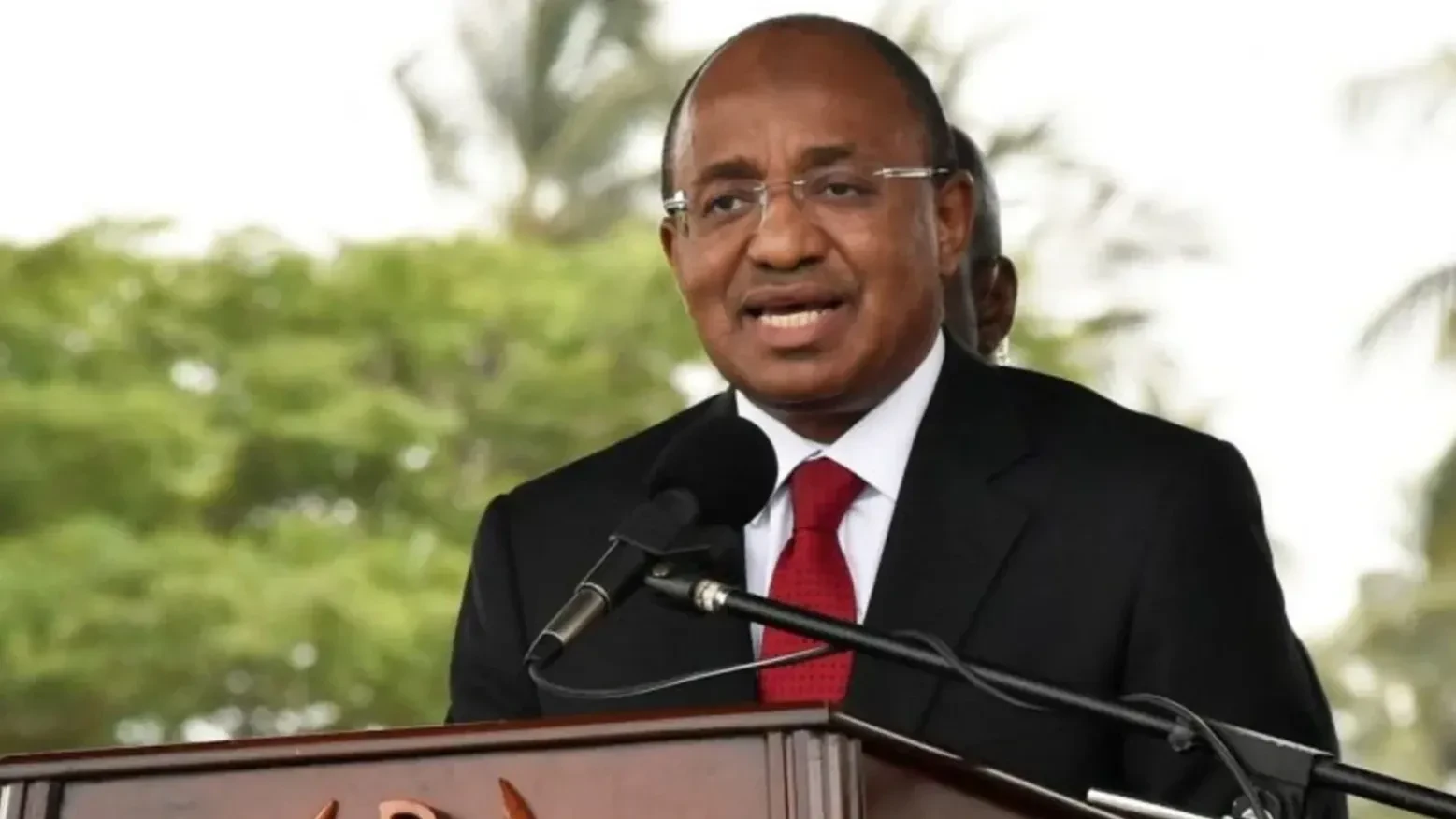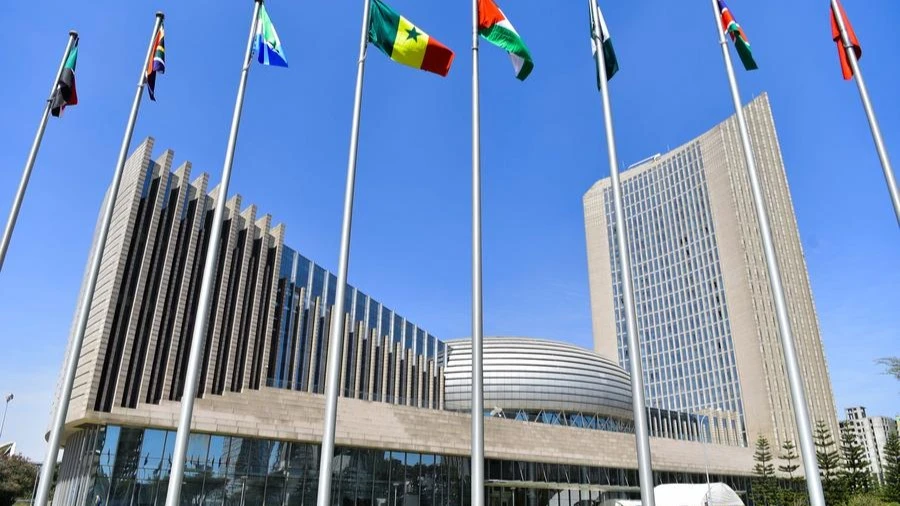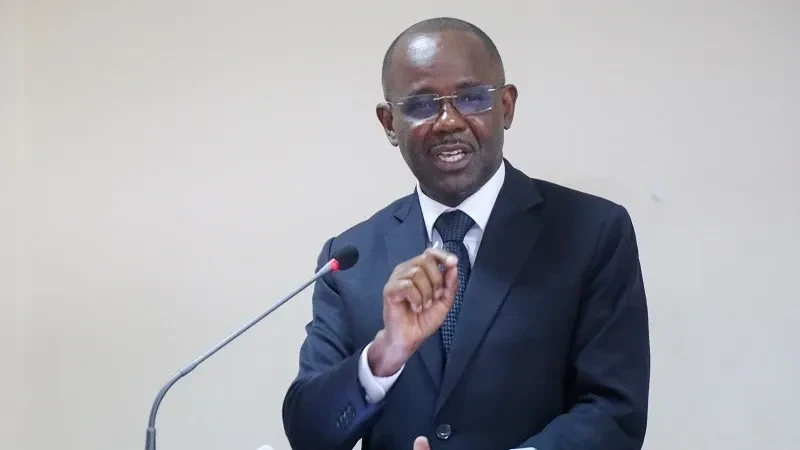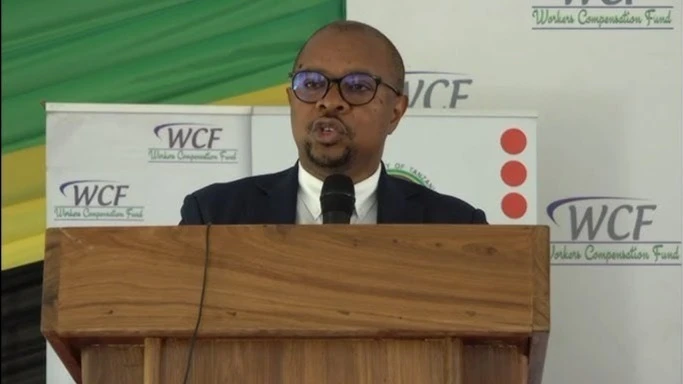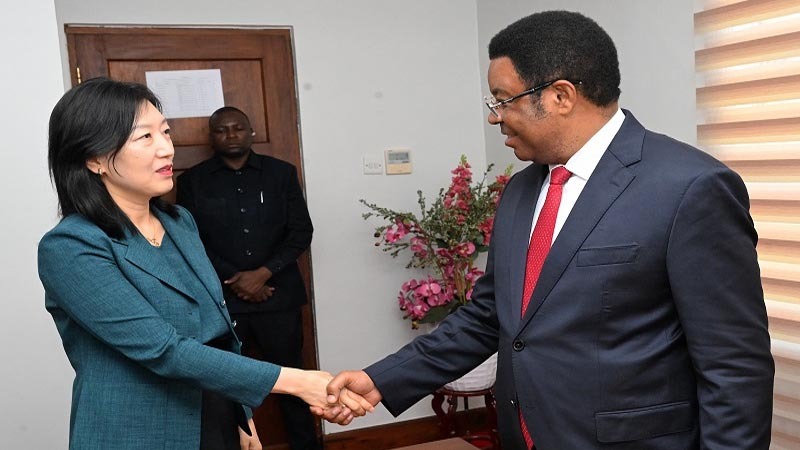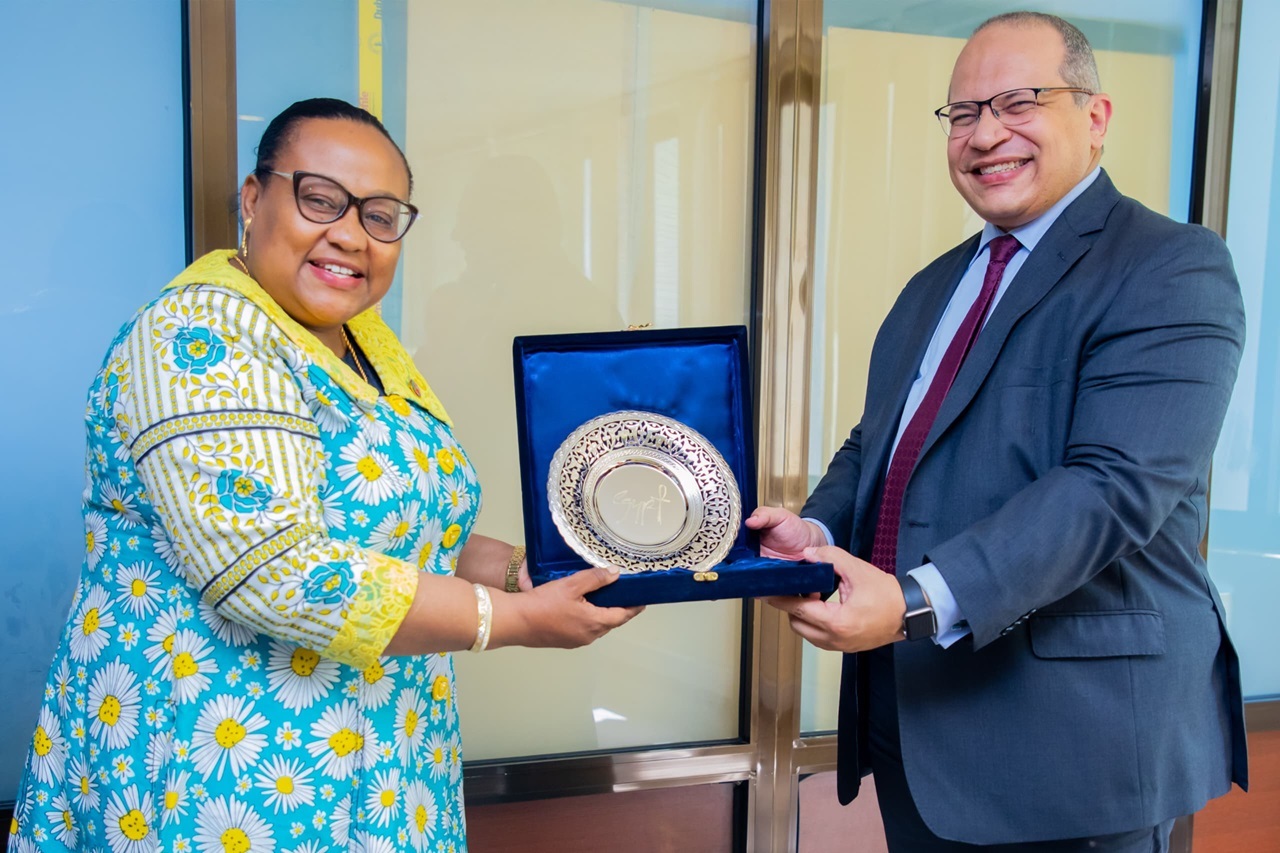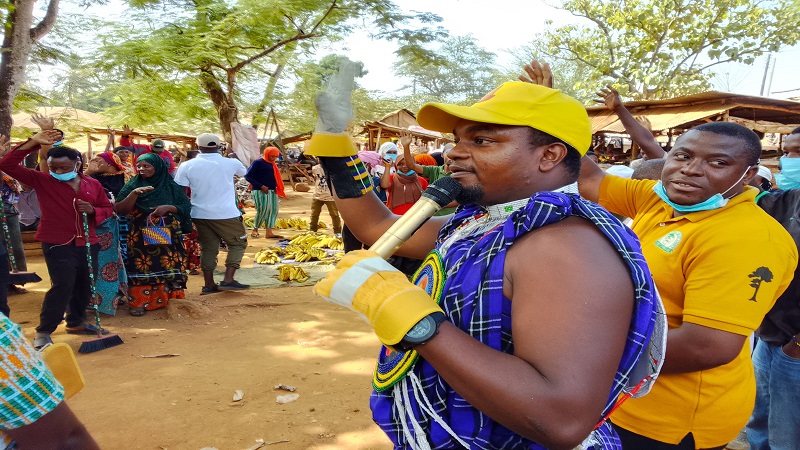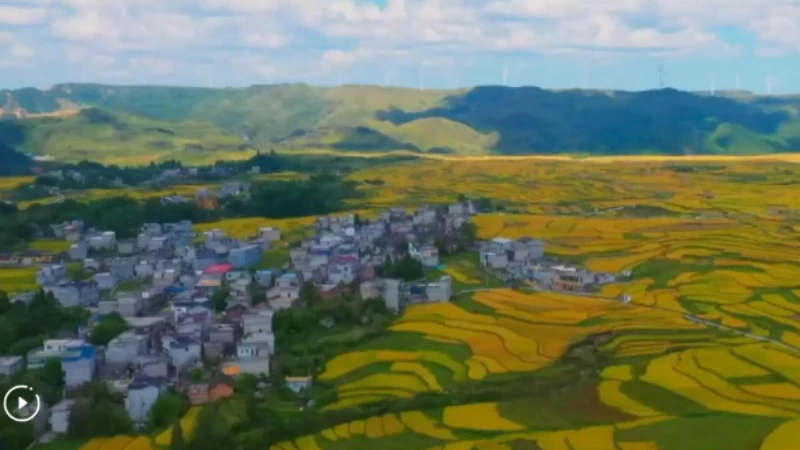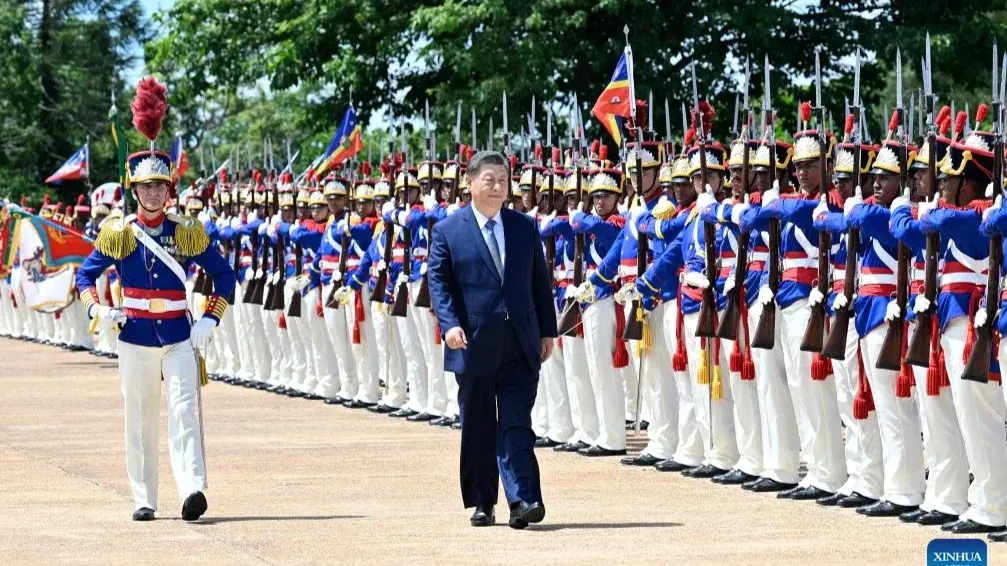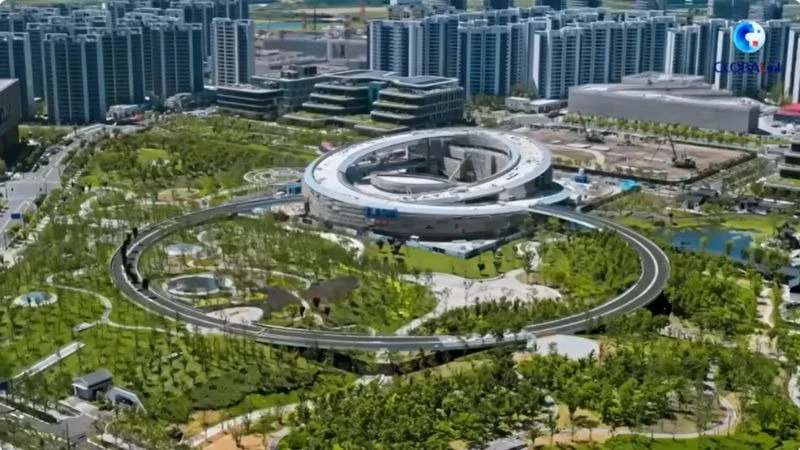African Mining Indaba: Mavunde highlights Tanzania's Vision 2030
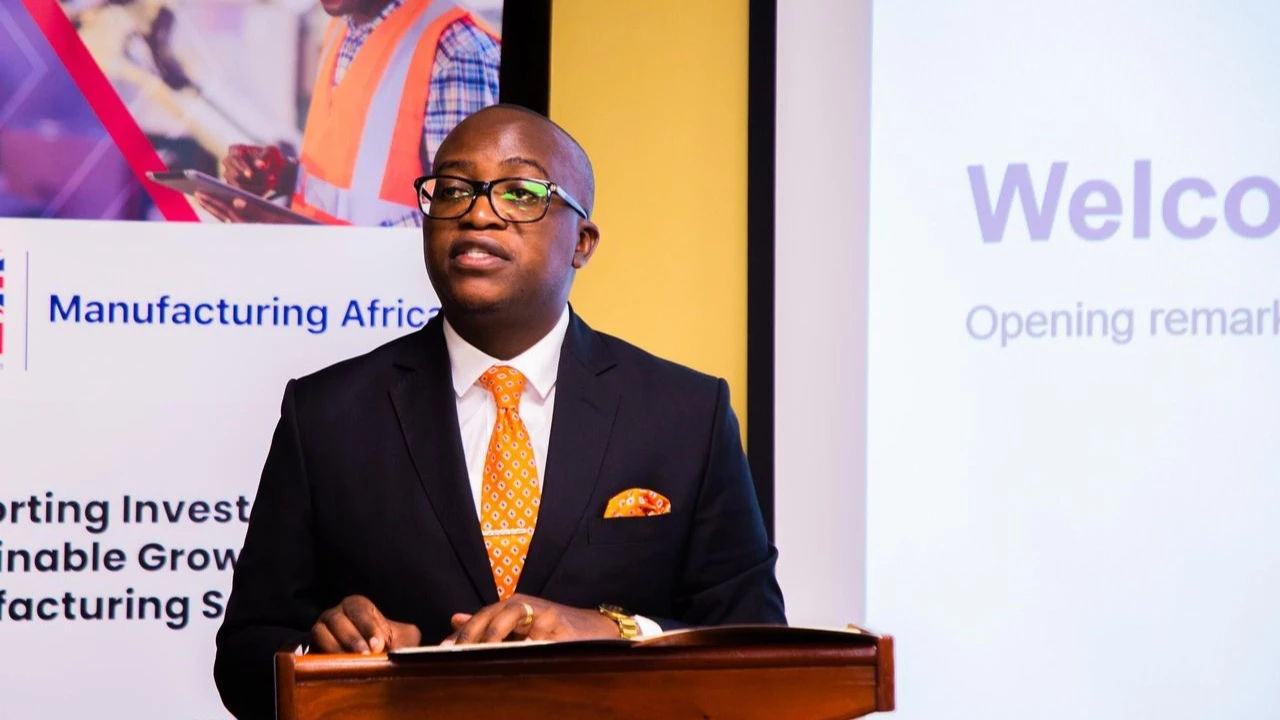
THE just-concluded African Mining Indaba in Cape Town brought together global industry leaders, policymakers, and financial institutions to discuss key trends shaping Africa's mining future.
The event became a key platform for professionals and investors looking to capitalize on the continent are mining opportunities.
Focusing on long-term economic growth and sustainability, the conference was a hub for networking, deal-making, and discussions on technological advancements, sustainable practices, and investment opportunities.
Tanzania’s delegation, led by Minister for Minerals Anthony Mavunde, participated under the theme: “Advancing Mining Investment to Accelerate Prosperity.”
Mavunde highlighted Tanzania’s Vision 2030 goal to intensify geoscientific surveys and harness the nation's rich mineral resources.
“Our vision is not simply to extract minerals; it's to ignite prosperity,” Mavunde stated, emphasizing Tanzania’s shift towards sustainable and economically beneficial mining practices. This approach aims to redefine Africa’s mining narrative, addressing past issues of environmental degradation and exploitation.
Key discussions focused on Africa’s role in supplying minerals for the global electronics and automotive industries, with Tanzania’s mineral wealth—especially in nickel, rare earths, and graphite—playing a critical part.
Mavunde also stressed Tanzania’s push for infrastructure development, financial access, and regulatory reforms to solidify its position as East Africa’s top mining hub.
He underscored the link between infrastructure, investment, and financing in unlocking Tanzania’s mining potential. With rising demand for minerals like gold, nickel, and graphite, the country is poised for a mining-driven economic boom.
Edgar Mwasha, Stanbic Bank Tanzania (SBT)’s Vice President also participated at the South African annual mining event highlighted Tanzania’s commitment to infrastructure and regulatory stability as key to attracting global investors.
“Tanzania’s mining sector contributed 9.1 percent to GDP in 2023, fueled by foreign direct investment, exploration, and diversification. As Africa’s fourth-largest gold producer, the country is expanding its nickel and graphite sectors, which are critical to the renewable energy and electric vehicle industries,” said Mwasha.
He also unveiled that Tanzania has invested over $6.7 billion in infrastructure, including the Standard Gauge Railway (SGR), which is expected to reduce mineral transport costs by up to 30 percent. “This will link mining sites to export hubs in Burundi, DRC, and Rwanda. Ports in Dar es Salaam, Mtwara, and Tanga are also undergoing expansions to improve export efficiency,” he said.
Mwasha emphasised how these projects are enhancing Tanzania's mining appeal.
“Infrastructure is key to successful mining operations. The Nyerere Hydroelectric Power Project (JNHP) will provide stable, cost-effective power, reducing operational costs and boosting global competitiveness.”
Aboubakar Massinda, bank’s senior vice president, client coverage, also stressed the role of financial institutions in securing funding for miners. “Aligning funding mechanisms with global best practices will empower the sector and attract investment.”
Massinda also noted the importance of regional collaboration in boosting East Africa’s mining sector. “Unified policies and shared infrastructure can attract more investment and enhance regional trade.”
Top Headlines
© 2025 IPPMEDIA.COM. ALL RIGHTS RESERVED


